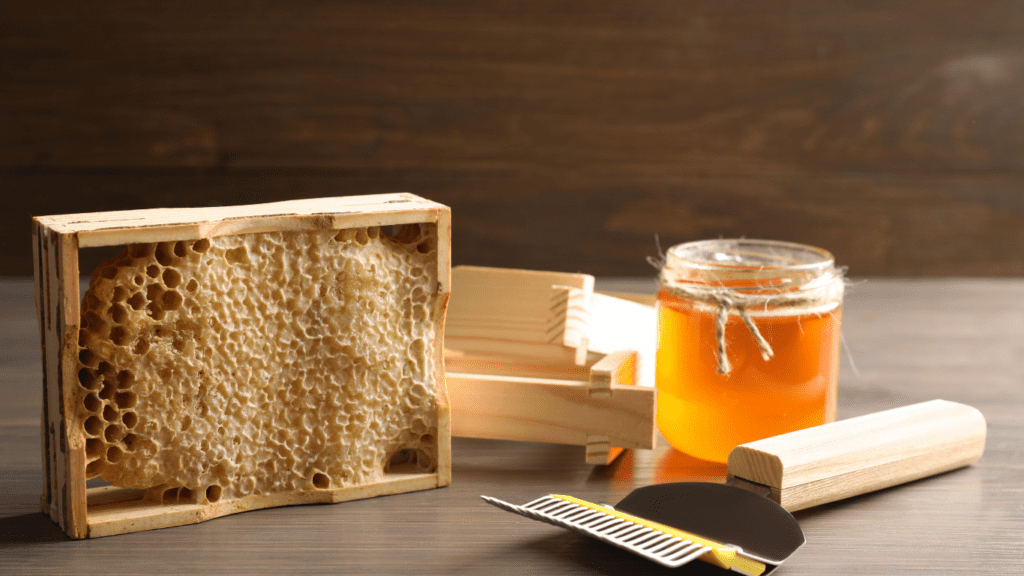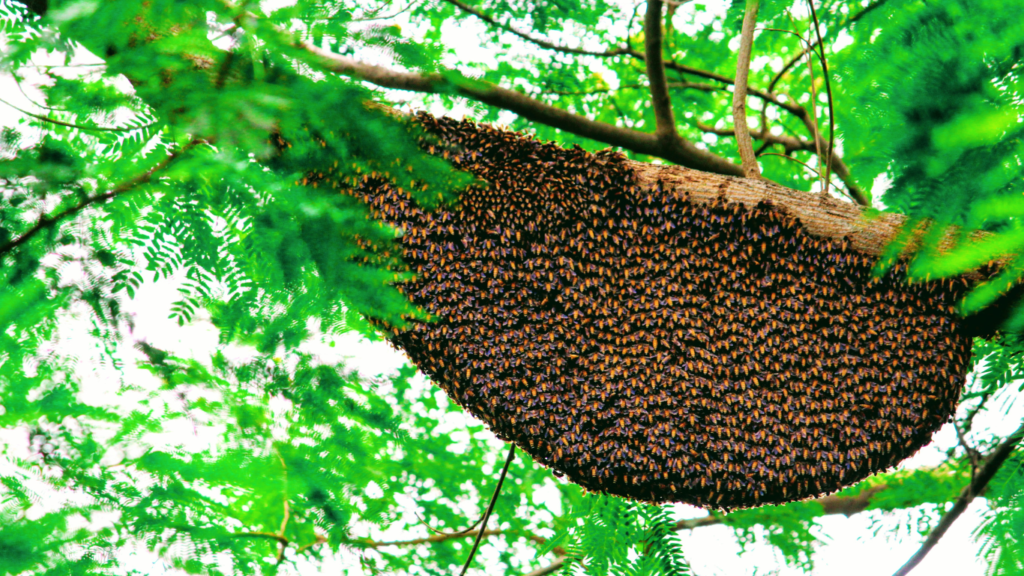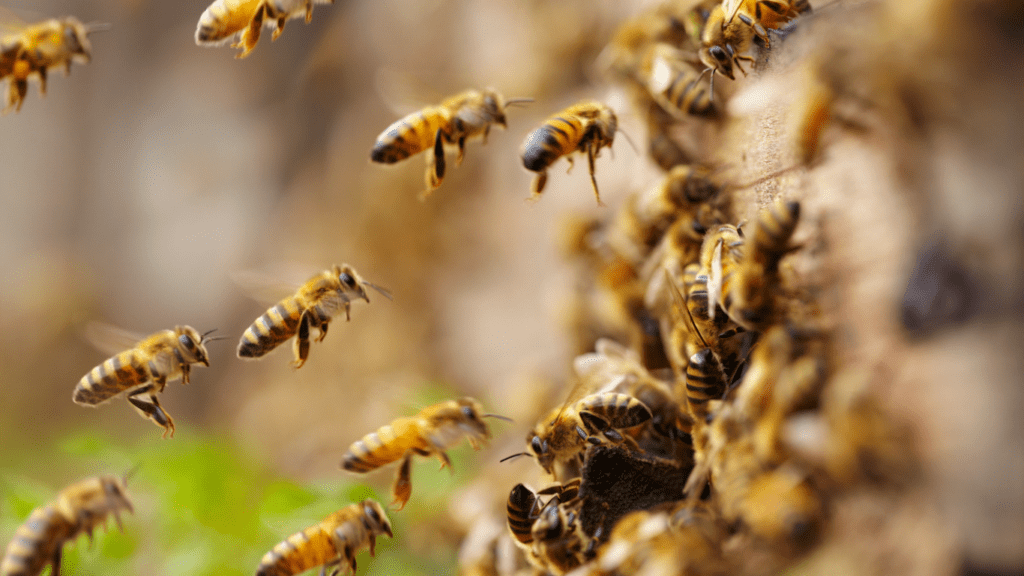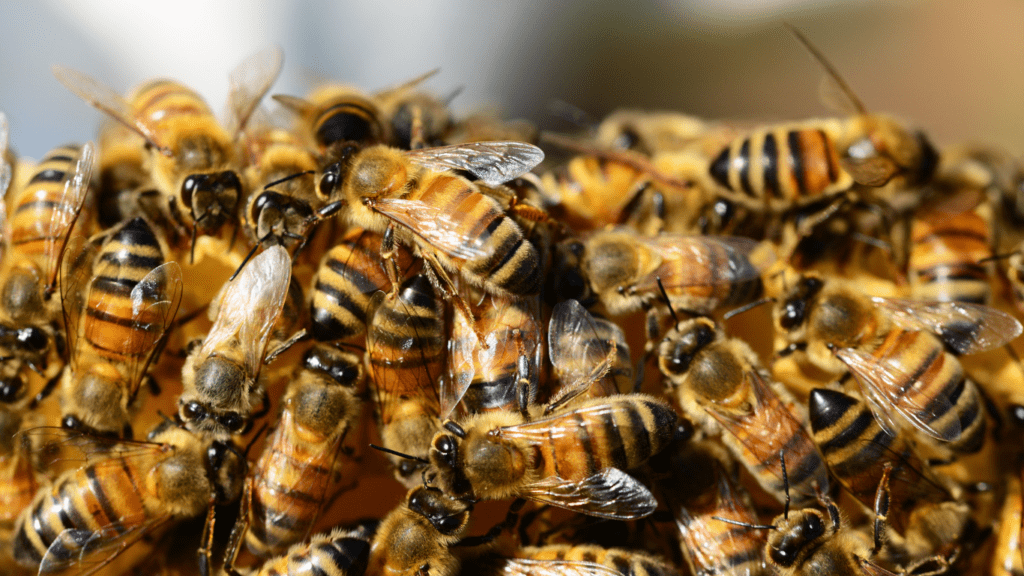Different Forms of Honey
Different Forms of Honey
Honey, nature’s golden elixir, comes in a delightful array of forms. Each form possesses its own unique characteristics, making it a versatile ingredient and a treat for the taste buds. Let’s delve into the diverse world of honey and discover the various forms it takes, each offering a distinct flavor, texture, and culinary experience.
Honey is packed with antioxidants, including phenolic compounds like flavonoids and organic acids. These antioxidants help protect the body from oxidative stress caused by free radicals, which can contribute to chronic diseases and aging. The presence of antioxidants in honey may help reduce the risk of heart disease, certain types of cancer, and promote overall health.
Comb honey is a true testament to the beauty of the honeycomb itself. This form of honey is pure, unaltered, and presented as it is found in the hive, encapsulated within the beeswax comb. Comb honey boasts a unique texture, with each bite offering a burst of natural sweetness. It is often enjoyed spread on fresh bread or paired with cheese for an exquisite culinary experience.
Also known as whipped honey or spun honey, creamed honey has a smooth, creamy consistency that is easy to spread. It is made by controlling the crystallization process, resulting in a velvety texture and a luscious mouthfeel. Creamed honey is a popular choice for spreading on toast, biscuits, or scones, and its luxurious texture makes it an excellent addition to desserts and pastries.
Raw honey is pure, unfiltered, and unprocessed honey straight from the beehive. It is neither heated nor pasteurized, preserving its natural enzymes, antioxidants, and nutritional benefits. Raw honey often exhibits a thicker consistency and may contain traces of pollen, propolis, and beeswax, contributing to its distinct aroma and flavor. It is highly sought after by health enthusiasts and used as a natural sweetener, immune booster, and soothing remedy.
Infused honey offers a delightful fusion of flavors, blending the sweetness of honey with the essence of various ingredients. Common infusions include herbs like lavender, rosemary, or thyme, as well as spices like cinnamon or ginger. The infusion process imparts unique aromatic notes to the honey, making it a versatile ingredient for both sweet and savory dishes. Infused honey adds a gourmet touch to culinary creations, enhances beverages, and serves as an exquisite topping for desserts.
Crystallized honey, also known as granulated honey, undergoes a natural process where the sugars in the honey form fine crystals. The resulting texture is smooth and spreadable, similar to that of a creamy spread. Crystallization does not affect the taste or quality of honey and is an indication of its purity. Some people prefer the delightful graininess of crystallized honey and enjoy it as a spread or a natural sweetener for hot beverages.
Specialty honey refers to unique varieties of honey sourced from specific plants or regions, each offering distinct flavors and properties. Examples include Manuka honey, prized for its antibacterial properties; Acacia honey, known for its light and delicate flavor; or Buckwheat honey, renowned for its rich, robust taste. Specialty honeys provide an opportunity to explore the nuances of honey, appreciate regional differences, and indulge in extraordinary taste experiences.
The world of honey is a treasure trove of flavors and textures, with each form of honey offering a distinct sensory experience. From the smoothness of liquid honey to the creaminess of whipped honey, and the pure bliss of comb honey, every variation has its own allure. Whether you’re savoring the richness of raw honey or indulging in the unique infusions of flavored honey, each form adds its own sweetness to culinary creations and brings joy to every honey lover’s palate. Embrace the diversity of honey and let its myriad forms enchant your taste buds.
More From The Hive:

Unveiling Turkey’s Sweet Symphony: Exploring Honey Types and Varieties
Turkey, a land where ancient traditions meet breathtaking landscapes, has a rich history of honey production and a remarkable diversity of honey types. With its diverse climate zones, vast floral resources, and a strong culture of beekeeping, Turkey offers an ideal environment for bees to gather nectar and create a

Discovering Ethiopia’s Golden Treasures: A Journey Through Honey Types and Varieties
Ethiopia, a land known for its rich history, vibrant culture, and breathtaking landscapes, is also celebrated for its diverse and high-quality honey production. With its lush forests, fertile valleys, and vast floral resources, Ethiopia offers an ideal environment for bees to thrive and create a wide range of honey types.

Getting Started with Beekeeping: Essential Equipment and Supplies
Starting your journey as a beekeeper is an exciting endeavor that allows you to connect with nature, support pollinators, and reap the rewards of honey production. To set yourself up for success, it’s crucial to have the right equipment and supplies. In this blog, we will guide you through the

Choosing the Right Hive: Exploring Different Beehive Types
Selecting the right beehive is a crucial decision for beekeepers. The beehive serves as the home for your honeybee colony and plays a vital role in its success and productivity. With various hive types available, it’s important to understand their unique characteristics and suitability for your beekeeping goals. In this

The ABCs of Bees: A Beginner’s Guide to Understanding Bee Basics
Bees are incredible creatures that have been buzzing around for millions of years, playing a vital role in our ecosystem. From pollinating flowers to producing delicious honey, bees are an integral part of our natural world. If you’re new to the world of bees and want to unravel the secrets

The Secret Life of Bees: Unraveling the Intricacies of Bee Behavior
Bees, with their intricate social structure and fascinating behaviors, lead a secret life that is both awe-inspiring and complex. As we delve into the hidden world of bees, we uncover a realm of communication, cooperation, and efficiency that is vital to their survival and our ecosystem. In this blog, we
